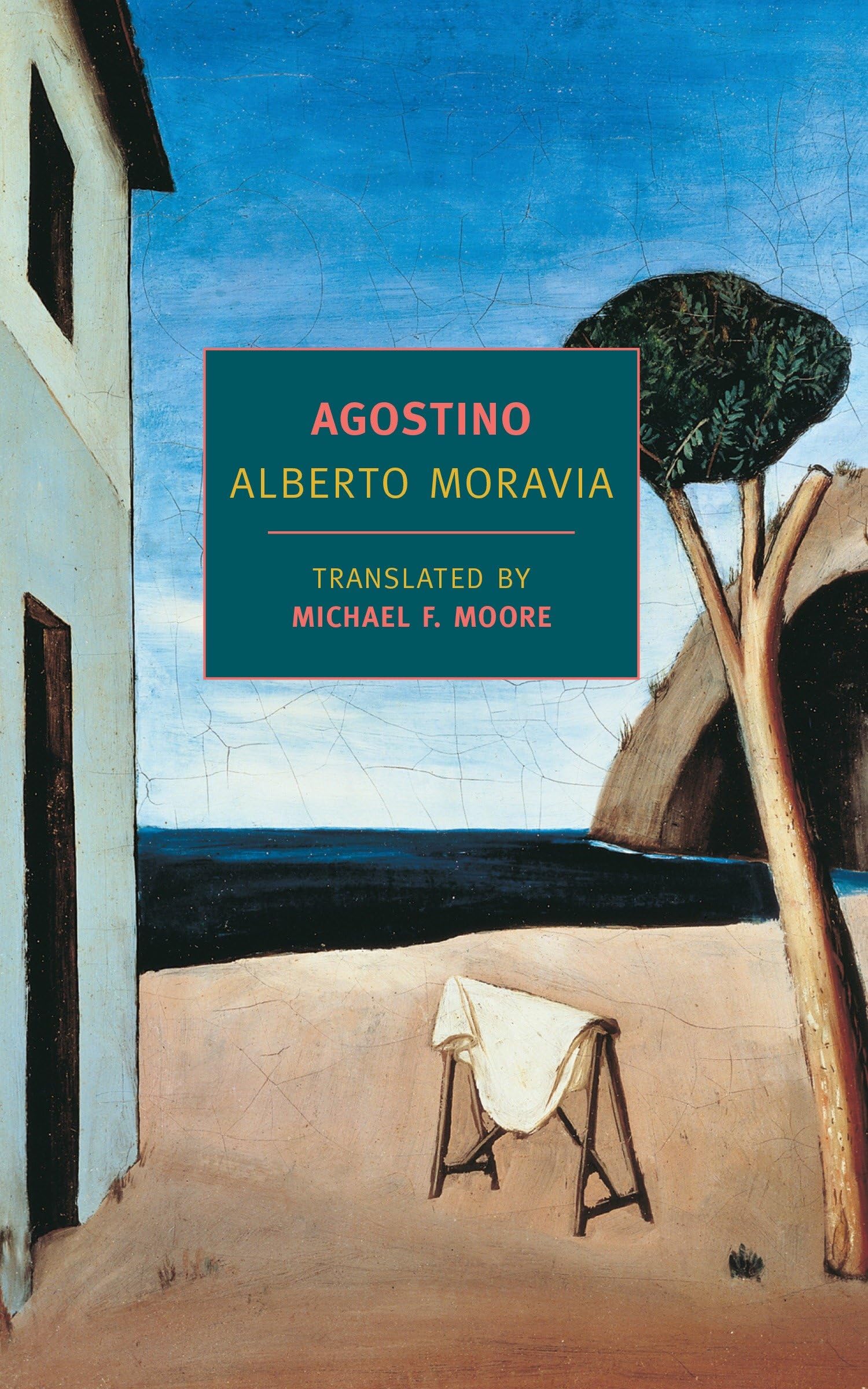
Boredom
Book Description
What happens when desire collides with ennui? In "Boredom," Alberto Moravia invites you into the restless mind of a disenchanted man, trapped in a wealthy yet empty life. As he navigates a stifling marriage and a hollow socialite existence, the tension between his yearning for passion and the monotony that surrounds him builds to a fever pitch. Relationships fracture and secrets simmer beneath the surface, fueling anxiety and existential dread. With each page, a darker truth emerges—can one escape the stifling grip of despair, or are we all bound to our own melancholic fate? What lies beyond the veil of boredom?
Quick Book Summary
"Boredom" by Alberto Moravia explores the inner turmoil of Dino, a wealthy but disenchanted painter living in post-war Rome. Surrounded by affluence, Dino finds himself emotionally numb and unable to connect deeply with people or art. His world shifts when he becomes infatuated with Cecilia, a young model, whose indifference only increases his obsession. The novel delves into Dino’s existential confrontation with his own isolation, the futility of desire, and the emptiness of material comfort. As Dino’s passion grows, so does his alienation, leading to a bitter reckoning with the limits of love and meaning. Moravia’s portrayal is a haunting meditation on modern ennui, desire, and the elusive search for purpose.
Summary of Key Ideas
Table of Contents
Existential Emptiness and Ennui
Dino, the protagonist, is a privileged yet emotionally bankrupt artist in post-war Rome. Despite his wealth, he suffers from profound boredom and finds no meaning in his daily life. Disconnected from his passion for art and alienated from his mother, he drifts through social circles without genuine connection. This listless existence is characterized by dissatisfaction with both his work and relationships, feeding his sense of isolation and existential paralysis.
The Illusion of Passion as Salvation
Dino’s lethargy is momentarily interrupted when he encounters Cecilia, a young model. Drawn to her youth and impassivity, Dino becomes obsessed. Cecilia represents something genuine and unspoiled, and Dino hopes passion might fill his existential void. Yet their relationship is fraught; Cecilia’s indifference confounds Dino, and he becomes increasingly possessive and jealous. The power dynamics shift continuously, highlighting Dino’s anxiety and the limits of control in human relationships.
Disconnection in Relationships
As Dino tries to make Cecilia the center of his life, he realizes that desire cannot dispel his ennui or offer lasting fulfillment. Their liaisons, initially charged with excitement, soon become sources of distress as Dino confronts the reality that Cecilia remains emotionally unavailable. Moravia explores the illusion that love or desire can provide escape from one’s own emptiness. Instead, Dino’s feelings expose the limits of what relationships can offer to an existentially discontented soul.
Material Wealth vs. Emotional Fulfillment
Material comfort fails to ease Dino’s suffering. Despite his affluence, he is as emotionally impoverished as he is wealthy in possessions. The hollowness of his lifestyle is contrasted with his yearning for authenticity—in art, relationships, and himself. Yet, every attempt to find real meaning, whether through art or love, collapses under the weight of his persistent boredom and inability to connect.
Art, Creativity, and Authenticity
Ultimately, Dino’s journey through obsession, disillusionment, and isolation constitutes a powerful exploration of modern malaise. Moravia’s "Boredom" captures the struggle to find authenticity in a world devoid of deeper values, exposing how both art and love can be compromised by existential despair. The novel ends with Dino’s realization that he must face the truth of his own emptiness, suggesting that escape from boredom is possible only through self-acceptance and confronting life’s fundamental uncertainties.
Download This Summary
Get a free PDF of this summary instantly — no email required.





